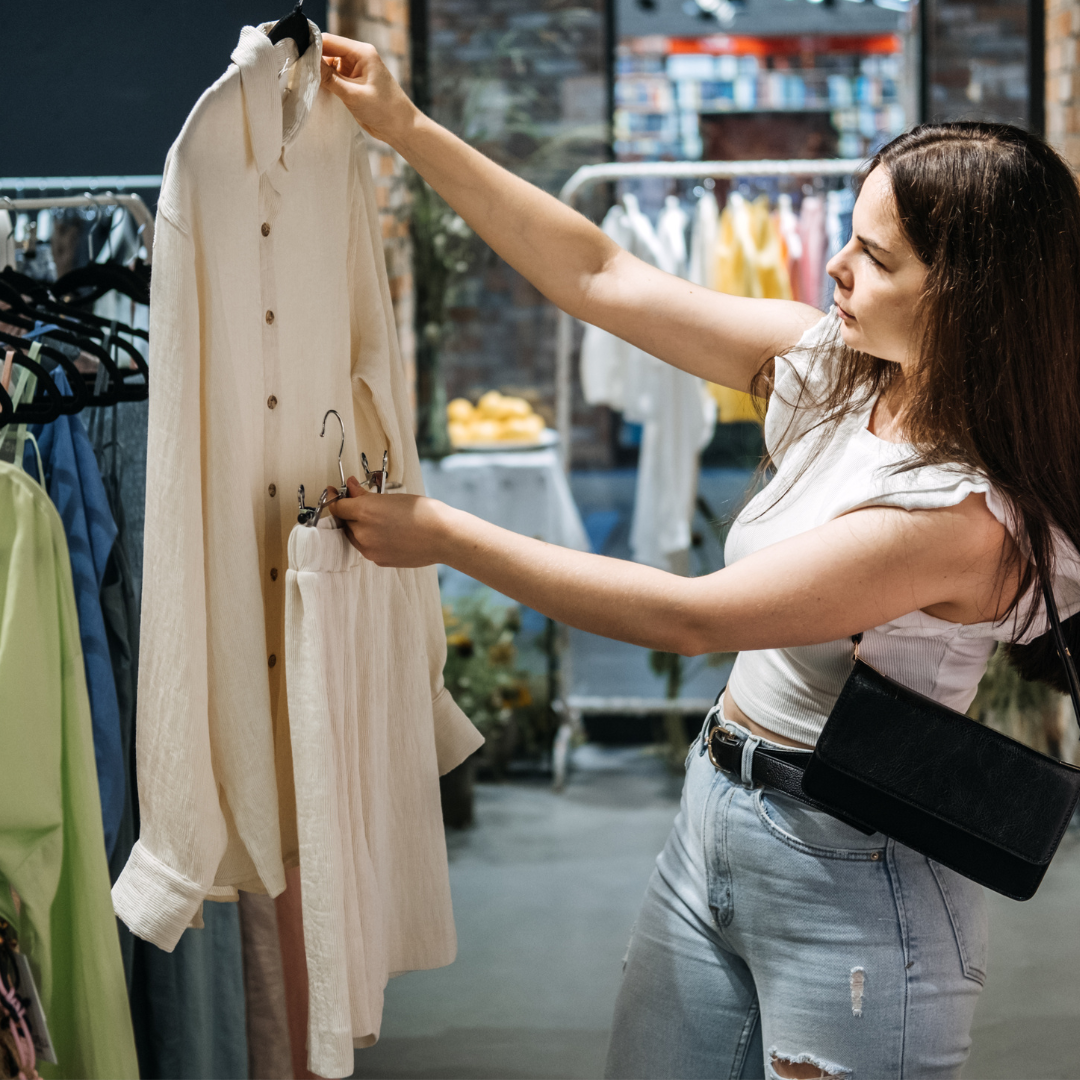
10 Easy Ways to Transition to a Sustainable Wardrobe
分享
As the fashion industry continues to grapple with the environmental and ethical challenges of fast fashion, more and more people are seeking ways to embrace a sustainable wardrobe. But making the switch doesn't have to be overwhelming or costly. With a few small, thoughtful steps, you can gradually build a wardrobe that's kinder to the planet and reflects your values.
In this blog post, we’ll explore 10 easy ways to transition to a more sustainable wardrobe without sacrificing style or comfort.
1. Start with What You Already Own
One of the most sustainable actions you can take is to use what you already have. Go through your closet and identify the pieces you love, and think of creative ways to style them. Sometimes, reworking old favorites can bring a fresh new look. Plus, maintaining and wearing clothes longer reduces waste and lessens the need for new purchases.
2. Buy Less, Choose Wisely
Adopting a “buy less, choose well” mentality is a cornerstone of sustainable fashion. Instead of impulse buying trendy pieces, focus on purchasing timeless, high-quality items that you truly love. The key is to opt for pieces you’ll wear repeatedly rather than something that’ll go out of style next season.
3. Invest in Versatile Pieces
Capsule wardrobes are a great way to transition to sustainability. Invest in versatile pieces that can be mixed and matched for multiple occasions. Think well-made basics like neutral-colored tops, a classic blazer, or a durable pair of jeans that can be dressed up or down.
4. Choose Sustainable Materials
When you do purchase new items, look for clothing made from eco-friendly and sustainable materials. Fabrics like organic cotton, hemp, bamboo, and Tencel are all great choices because they require less water, fewer pesticides, and are often biodegradable. Check labels to ensure the materials used align with your sustainable values.
5. Shop Second-Hand or Vintage
Second-hand shopping is a fantastic way to give pre-loved clothes a second life while reducing your environmental footprint. Thrift stores, vintage shops, and online marketplaces like Depop or Poshmark offer unique, affordable options. You can often find high-quality, timeless pieces that make a statement without contributing to the demand for new production.
6. Support Ethical and Sustainable Brands
Seek out fashion brands that are committed to ethical production practices and sustainability. Look for brands that prioritize fair wages, ethical labor practices, and environmentally responsible production methods. Many brands, like ours, offer transparency about their supply chains and materials used, making it easier to support fashion that aligns with your values.
7. Take Care of Your Clothes
Extend the life of your clothing by taking proper care of it. Washing less frequently, using cold water, and air-drying your garments can help prevent wear and tear. Additionally, learning how to repair minor issues, like sewing on a missing button or patching a hole, can save your favorite pieces from the trash.
8. Embrace Clothing Swaps
Clothing swaps are a fun and sustainable way to refresh your wardrobe without spending money. Gather friends, family, or community members to exchange gently used clothes that no longer fit your style. It’s an eco-friendly way to find new-to-you items while keeping clothes in circulation and out of landfills.
9. Rent or Borrow for Special Occasions
Instead of purchasing a new outfit for a special occasion, consider renting or borrowing. Clothing rental services have become increasingly popular, offering stylish options for events like weddings, parties, or vacations. By renting or borrowing, you can enjoy a fresh look without the environmental impact of buying something you’ll only wear once.
10. Stay Informed and Spread the Word
The more you learn about sustainable fashion, the easier it becomes to make mindful choices. Stay informed about the latest trends and innovations in sustainability, and share what you’ve learned with others. You can inspire your friends and family to make conscious fashion choices, creating a ripple effect of positive change.
Conclusion
Transitioning to a sustainable wardrobe doesn’t happen overnight, but every small change you make contributes to a larger movement toward ethical and eco-friendly fashion. Whether it’s wearing what you already have, shopping second-hand, or supporting brands that prioritize sustainability, you have the power to make a difference with your fashion choices.
Remember, sustainability is a journey, not a destination. By being more intentional with your purchases and caring for the clothes you own, you can look great while doing good for the planet!